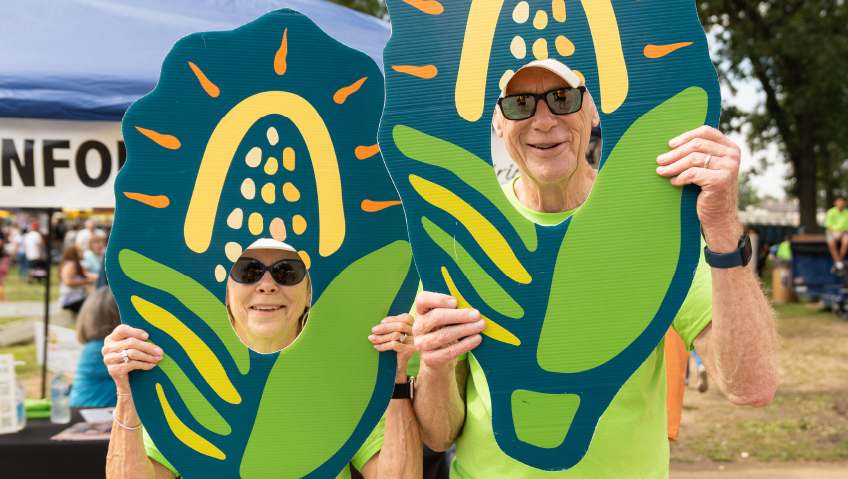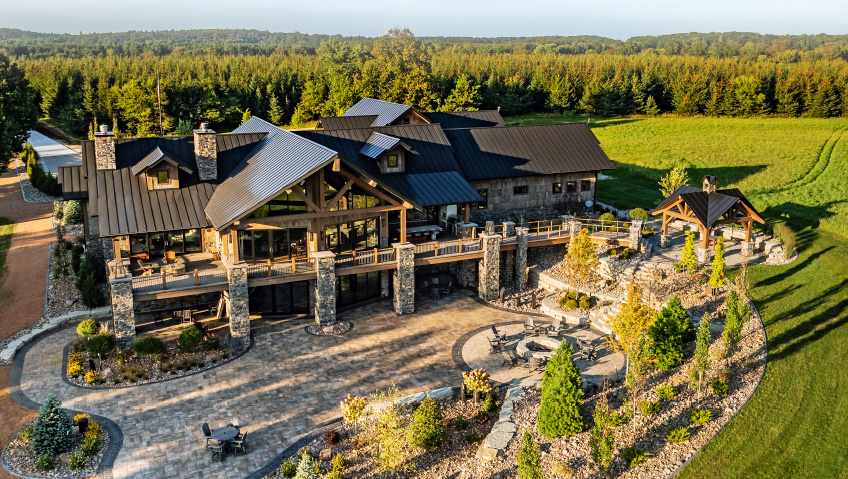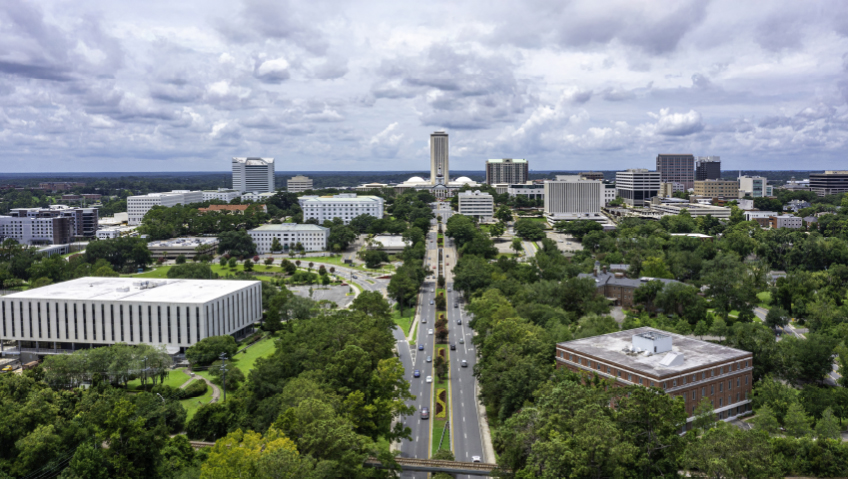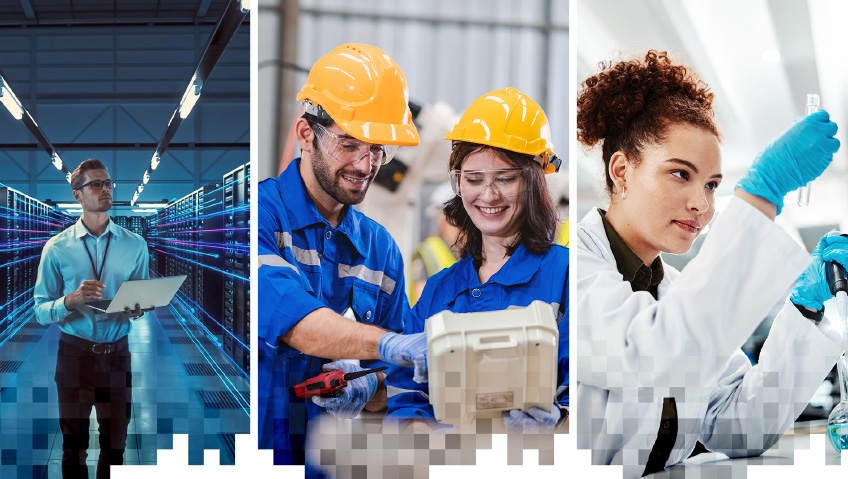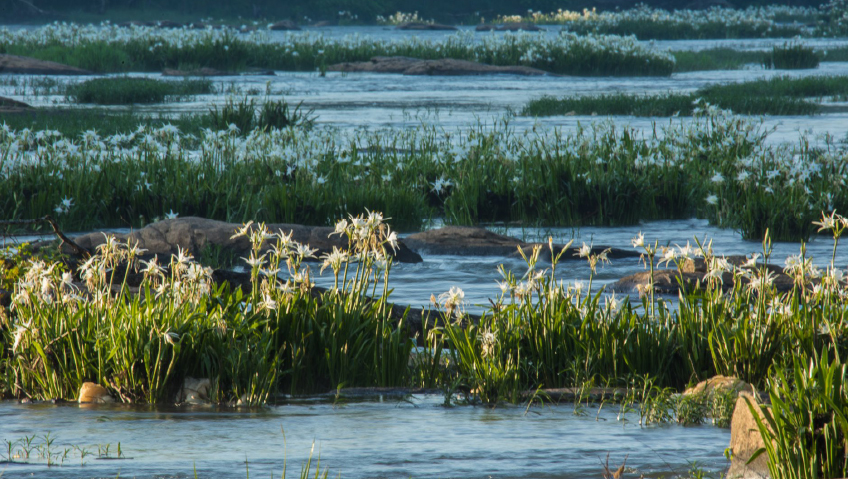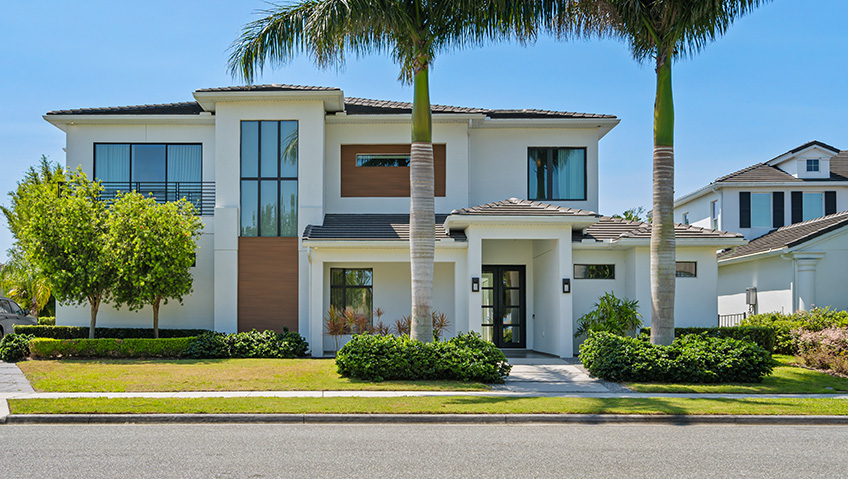The city of Sun Prairie, Wisconsin has arrived at a unique point in its evolution. The city is shedding its prior reputation as a bedroom community serving the greater Madison area, instead establishing its own unique sense of place and an identity of its own, which is proving to be attractive to many.
Each year, Sun Prairie adds between 800 and 1,200 new residents, and with them come new ideas and ways of life. All of these new residents bring an energy which is expanding the sense of community Sun Prairie enjoys. When people choose to live in Sun Prairie, they bring a little bit of the best from where they come from which helps to renew and strengthen the local culture, ensuring that the community has something for everyone.
“There’s been this movement—most of us are transplants to Sun Prairie versus having grown up here, so sometimes I attribute that kind of passion to the fact that we’re all trying to make it home because we’re transplants here,” shares Economic Development Director Taylor Brown of the transformational energy behind the city’s momentum.
Community development at its core
The best way to provide a high quality of life for a community is to truly understand what the community values, what their needs are, and where they want to prioritize investment. The city has put a lot of work into understanding what kind of community Sun Prairie has grown to become and where it wants to go, and has made plans to get there. As a result, much of the community development that is taking place is intentional.
One major area of focus has been the community’s downtown, a re-investment project 20 years in the making. The current Main Street Urban Design Project is the newest iteration of the plan, which will see the addition of new housing, a new hotel, more retail space, and the creation of a tree-lined, pedestrian-friendly, retail-oriented street design. The city plans to create outdoor seating and retail areas, add flower beds, provide wider sidewalks, and utilize traffic calming measures, efforts that Economic Development Specialist Colleen Burke believes will create a “stronger sense of place for the businesses as one of many efforts to breathe a new sense of excitement into the community.”
Housing development in the downtown core has also ramped up, with 93 units added in late 2024 and an additional 100 units planned for early 2027. A recent Housing Needs Assessment found that the city needs to add 500 new units a year to meet current demand, so this remains a priority. To overcome the gap, this year $5.3 million was allocated from Tax Increment Financing (TIF) to the Affordable Housing Fund, and more is being done to improve available housing stock through a zoning code update that will streamline the development process and make building new homes easier.
“Like a lot of other growing communities, the affordability of housing continues to be a huge challenge for us and that really trickles down to so many other components that affect the citizens,” says Brown—things like the affordability of childcare, access to transportation, and the other pieces of the “three-legged stool of economic development.”
Managing growth
Sun Prairie is a safe, welcoming community where quality of life and resident wellbeing is top of mind, which is why the community continues to grow at such a rapid pace. But this creates a unique challenge in trying to maintain that sense of place as it grows.
The city, like so many, does face budget deficits but is financially well-managed and has the tools available to support high-quality projects. Paired with its visionary leadership, this fuels its ability to actualize projects that add capacity to not only meet current needs but also anticipate future needs. “It’s sometimes challenging to have the community continue to grow as fast as it does, but it’s also an opportunity for us because we really are trying to meet everybody where they are. If they’re moving here and they love it here because of all the amenities, we need to continue offering those,” says Burke.
The Parks, Recreation, & Forestry Department has a comprehensive plan to enhance and improve amenities and the natural areas for the parkland they manage, helping to ensure that where housing developments are taking place, there are green spaces and parks to complement those communities as they grow. The city is investing heavily in improving core social infrastructure, with Sun Prairie’s library doubling in size to better serve the growing population, and investments are being made in traditional infrastructure, with a state-of-the-art upgrade to the wastewater treatment plan to ensure it has the capacity to support anticipated residential, commercial, and industrial growth.
As Wisconsin expects to grow its manufacturing footprint over the next several years, Sun Prairie is poised to take advantage of that growth at its city-owned industrial park, which is another continued focus of the economic development team.
Driving connectivity
With population growth often come headaches like congestion and traffic safety issues. In Sun Prairie, these matters are being mitigated proactively thanks to investments in biking infrastructure, public transit, and the city’s commitment to traffic safety as a Vision Zero community. Sun Prairie recently adopted a Vision Zero Action Plan that lays out a comprehensive plan to achieve zero serious injuries or fatalities on the roadways. This effort is focused on community well-being but there are real economic impacts as well.
“It’s a much broader-based initiative when we talk economic development, but you know, vehicle crashes are actually an economic cost,” explains Transportation Coordinator David Salmon of the human and economic costs of traffic collisions. From time off work due to injury to damaged property and traffic slowdowns, each of these has economic implications that are costly, so Sun Prairie is doing its best to keep people safe and keep traffic moving.
Investments are also being made in the local transportation infrastructure to provide transportation options that help to reduce the number of cars on the roadways. Metro Transit recently launched a regional Bus Rapid Transit (BRT) route that connects Sun Prairie to major employment areas in Madison such as downtown Madison, UW-Madison’s campus, and several area malls. Local routes that circulate Sun Prairie have also launched recently and all three routes are experiencing successful ridership. Public transit service in Sun Prairie had its highest ridership ever in April 2025, with nearly 10,000 trips.
Each day, 170 riders take the BRT from the Park and Ride, while 70 or more connect to local bus routes at the BRT transfer point. These services are enabling connectivity across the region, keeping cars off the road and the economy moving. “It is a really important backbone to Madison’s greater public transit network, and it’s great because it starts and stops right here in Sun Prairie,” says Salmon.
Sun Prairie is also promoting a healthier, more active way of life through investment in cycling infrastructure. With tens of miles of shared use paths, Sun Prairie is unique in Dane County for having paths that run alongside most of the city’s major arterial roadways. Coming in 2025, the Sun Prairie Loop will be a new regional bike amenity with 20 miles of paths and on-street routes around the city marked by a network of wayfinding signs. The Sun Prairie Loop offers scenic views of Sun Prairie’s most aesthetically pleasing parks and also runs through appealing destinations. The Loop connects to pathways into and out of Madison, further optimizing the community’s connectivity to the region.
“It has a combination of on-street and then off-street shared-use paths, and it goes to basically all our major parks and through downtown. It goes through the west side and Prairie Lakes and that commercial area,” explains Salmon of the project, which is mirrored after the Lake Monona Loop and is proving to be a significant draw.
Building for the future
In Sun Prairie, part of its success and ability to deliver an exceptional quality of life is through the culture and the people who work tirelessly to make it a great place to live, work, and visit. Recently, the Chamber of Commerce underwent a major building renovation that included the addition of a 24-hour visitor center and the appointment of the city’s first full-time Tourism Director to find new ways to put the community on the map. The Visit Sun Prairie team, a collaborative effort between the city’s Economic Development department, the Tourism Commission, and the Chamber, continues to elevate the quality of life and culture enjoyed in Sun Prairie, sharing its story and continuing to attract residents and visitors alike through the delivery of exceptional programming, including the multitude of events and festivals the city hosts each year.
“Maybe that’s the biggest success of what we have here: we’ve cultivated this group of people, and I will say I’ve never worked with people who have cared so much about their community and about what they do for the community,” Brown tells us. “You know, we’re building a vibrant community and that’s at the heart of what economic development is. This is why we’re involved in these things. That is the ultimate goal: to build a vibrant community.”
In the coming year, Sun Prairie will put forward a referendum on the city’s operating budget as projections for 2027 indicate that the city’s tax levy will reach state-imposed limits. Voters will be asked to allow the city to exceed these limits to raise additional revenue to maintain and enhance the quality of services being delivered as the community continues to grow. This continued evaluation and consideration of the community’s needs will serve as the foundation for the next round of sound investments and intentional developments in Sun Prairie, which will help to enable the economic strength and preserve the quality of life that is so revered.

